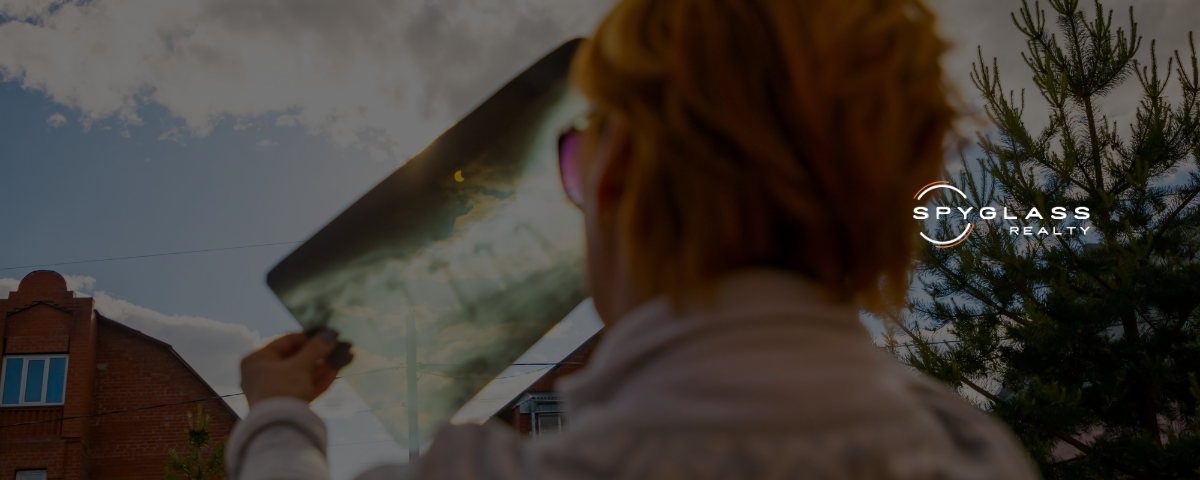Solar eclipses are one of the most awe-inspiring celestial events you can witness. They occur when the Moon passes between the Sun and Earth, casting its shadow on our planet's surface.
For a few precious minutes, day turns into an eerie twilight as the Moon obscures the Sun's bright face. Birds go quiet, the temperature drops, and stars emerge in the darkened sky.'
Understanding Solar Eclipses
A solar eclipse happens when the Moon, Sun and Earth align just right, allowing the Moon to block some or all of the Sun's light. The Moon's shadow falls on different parts of Earth, and the location you're viewing from determines what type of eclipse you'll see - total, partial, or annular.
Here's a mind-blowing fact: a total solar eclipse can only happen about every year and a half, and is only visible from a narrow strip of Earth each time1. Talk about a rare and fleeting spectacle.
Observing the Shape of the Sun During an Eclipse
If you're lucky enough to witness a solar eclipse, you might be tempted to stare up at the sky in wonder. But hold on - looking directly at the Sun, even when it's partially covered by the Moon, can seriously damage your eyes.
Thankfully, there are safe ways to observe and even photograph an eclipse. With the right equipment and techniques, you can marvel at the Sun's crescent shape as the Moon passes in front of it.
Using Special Solar Filters
To view a solar eclipse directly, you'll need certified solar viewing glasses or filters for your camera, binoculars or telescope. These block out most of the Sun's light, allowing you to safely look at the eclipse.
Make sure your solar filters are from a reputable manufacturer and meet the ISO 12312-2 international safety standard. Put them on before glancing up at the Sun, and keep them on throughout the partial phases of the eclipse.
Projecting the Sun's Image
Another safe and easy way to view an eclipse is by projecting the Sun's image onto a flat surface. You can do this with a simple pinhole projector made from cardboard, paper, and aluminum foil.
Poke a small hole in a sheet of cardboard and hold it up to the Sun. Let the sunlight pass through the hole and fall onto a plain white sheet of paper or cardboard. You'll see an inverted image of the eclipsed Sun projected onto the surface.
During a solar eclipse, the Sun's shape will appear as a crescent or partial circle, thanks to the Moon blocking out a portion of its light. With the help of a projected image, you can safely keep an eye on how the Sun's shape changes throughout the eclipse.
The Variables Influencing Solar Eclipse Observations
Not all solar eclipses are created equal. The Sun's appearance during an eclipse depends on several factors, including your geographic location, the Moon's position relative to Earth, and the alignment of the Sun, Moon and Earth.
If you're in the narrow path of totality, you'll witness the Moon completely blocking the Sun for a few breathtaking minutes. But if you're viewing from a location where the alignment isn't quite perfect, you might see a partial eclipse, with the Moon taking a "bite" out of the Sun.
The exact shape and size of the solar crescent depends on how much of the Sun is covered by the Moon at your particular viewing spot. The closer you are to the center of the Moon's shadow, the more spectacular the eclipse will be.
Sketching Solar Eclipses for Scientific Purposes
When a solar eclipse graces the sky, it's not just a breathtaking sight - it's also an incredible opportunity for scientific study. Scientists and enthusiasts alike grab their sketchpads and get to work, documenting every stage of the celestial event.
But why sketch when you can snap a photo? So, it turns out that picking up a pencil and sketching can give you details and accuracy that sometimes, your camera just can't match. By carefully observing and recording the Sun's shape during an eclipse, researchers can gather valuable data about our star's size, structure, and even its magnetic field.
Of course, safety comes first. To observe the Sun directly, you'll need to use special solar filters or project its image onto a surface using a pinhole camera or telescope. With the right equipment and techniques, you too can join the ranks of eclipse sketchers and contribute to our understanding of the cosmos.
So next time a solar eclipse comes around, consider putting pencil to paper. Your sketches just might help unravel the mysteries of our brilliant, ever-changing Sun.
RESOURCE:
The Rarity of Solar Eclipses
Solar eclipses are like cosmic magic tricks - blink and you might miss them. These celestial events are relatively rare, with total solar eclipses only gracing any given location once every 360 to 410 years on average.
But why so scarce? It all comes down to cosmic alignment. For a solar eclipse to occur, the Moon must be in just the right position to cast its shadow on Earth. This alignment is so precise that even a small deviation can mean the difference between a total eclipse and a partial one.
The frequency of solar eclipses also varies depending on where you are in the world. Some regions might experience a total eclipse once every few decades, while others might wait centuries. It's all a matter of being in the right place at the right time.
So if you ever have the chance to witness a solar eclipse, consider yourself lucky. You're right in the middle of witnessing something pretty amazing and rare—a true showcase of our solar system's incredible coordination.
Upcoming Solar Eclipses in the United States
Calling all eclipse chasers. If you're eager to witness the magic of a total solar eclipse, mark your calendars for April 8, 2024. On this date, the Moon's shadow will paint a path of totality across the United States, from Texas to Maine.
This will be the first total solar eclipse visible from the contiguous U.S. since the Great American Eclipse of 2017, and it promises to be just as spectacular. Cities like Dallas, Indianapolis, and Montreal will be treated to a stunning display of darkness in the daytime.
But the 2024 eclipse is just the beginning. The U.S. will play host to several more total solar eclipses in the coming decades, including events in 2044, 2045, and 2078. Each one will offer a rare and precious opportunity to witness the Sun's corona in all its glory.
So start planning your eclipse adventures now. Whether you're a seasoned skywatcher or a curious newcomer, there's nothing quite like the thrill of standing in the Moon's shadow and watching the sky go dark. Just remember to pack your solar glasses.
Safe Eclipse Observation Practices
Importance of Eye Safety
When it comes to viewing a solar eclipse, protecting your eyes is absolutely crucial. You might be tempted to steal a quick glance at the Sun during this rare celestial event, but trust me - it's not worth the risk.
Even when an eclipse has us all staring up in awe, don't forget that the Sun's powerful rays can seriously harm your eyes. Staring directly at the Sun can lead to a condition called solar retinopathy, which occurs when the Sun's powerful rays burn the retina at the back of your eye. This can result in temporary or even permanent vision loss.
So, how can you safely enjoy the breathtaking beauty of a solar eclipse without putting your eyesight in jeopardy? Keep reading to find out.
Recommended Viewing Equipment
If you're eager to catch a solar eclipse without hurting your eyes, remember that only gear made for safe sun gazing will do the trick. Here are some recommended options:
- Solar eclipse glasses: These special glasses have lenses that filter out the Sun's harmful rays, allowing you to look directly at the eclipse without damaging your eyes. Make sure to choose glasses that meet the ISO 12312-2 international safety standard.
- Pinhole projection: If you don't have solar eclipse glasses, you can create a simple pinhole projector using materials like cardboard, aluminum foil, and a white sheet of paper. With this trick, you can catch the eclipse's vibe without ever having to squint at the Sun.
- Welding filters: Shade 14 welding filters can also be used for safe solar viewing. However, be cautious when using welding filters, as not all of them are suitable for eclipse observation.
Remember, regular sunglasses, even those with very dark lenses, are not sufficient protection for viewing a solar eclipse. Always use equipment specifically designed for solar observation to keep your eyes safe.
Preparing for a Solar Eclipse Event
If you're planning to view a solar eclipse, a little preparation can go a long way in ensuring a memorable and safe experience. Here are some tips to help you get ready:
- Choose your viewing location: Research the path of the eclipse and select a viewing spot with clear skies and minimal obstacles on the horizon. Keep in mind factors like weather, accessibility, and crowd levels.
- Gather your equipment: Make sure you have the necessary safety gear, such as solar eclipse glasses or a pinhole projector. If you're using a telescope or binoculars, be sure to attach a solar filter to the front of the device.
- Plan your timeline: Know the exact times of the eclipse's phases for your location, including the start of the partial eclipse, totality (if applicable), and the end of the partial eclipse. Set alarms or reminders so you don't miss any key moments.
- Prepare for the weather: Check the forecast in advance and pack accordingly. Bring sunscreen, hats, and plenty of water to stay comfortable and protected from the sun.
- Charge your devices: Make sure your phone, camera, and any other electronic devices are fully charged so you can capture the eclipse and stay connected with others.
By following these steps, you'll be well-prepared to enjoy the breathtaking spectacle of a solar eclipse safely and comfortably. Remember to relax, soak in the moment, and let yourself be filled with wonder at the marvels of our universe.
Posted by Ryan Rodenbeck on


Leave A Comment